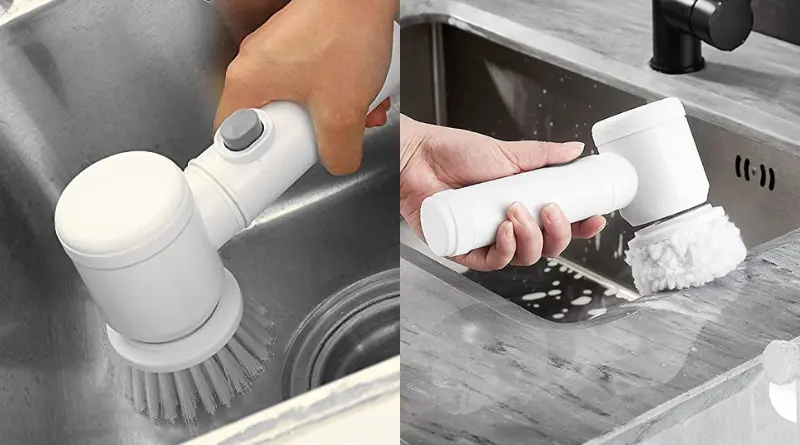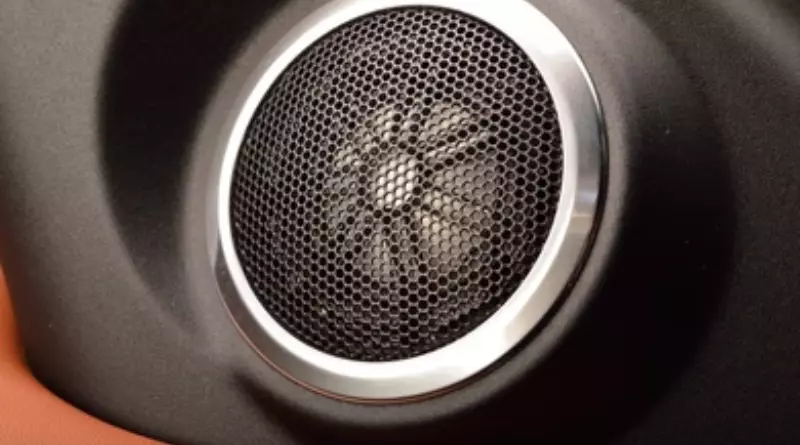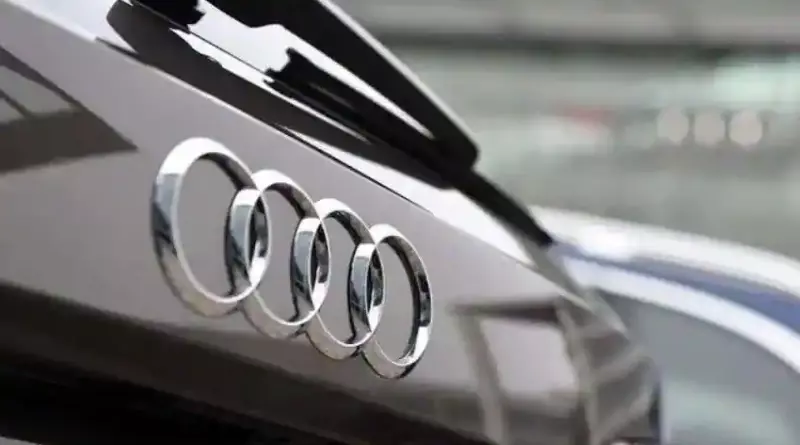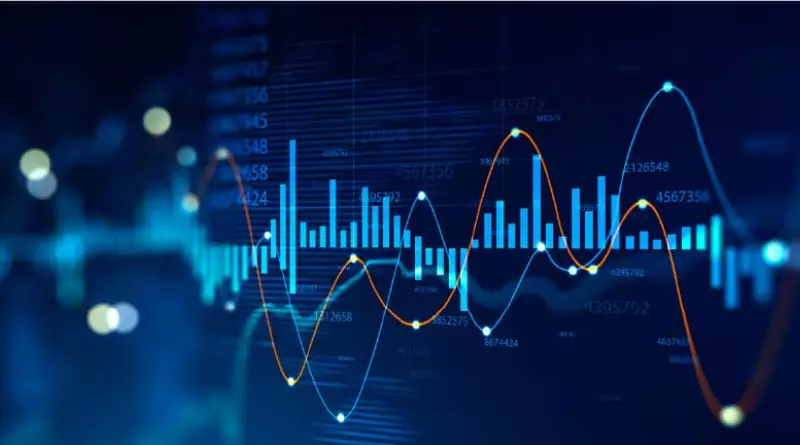The Principle Behind Fused Deposition Modeling (FDM) 3D Printing Technology
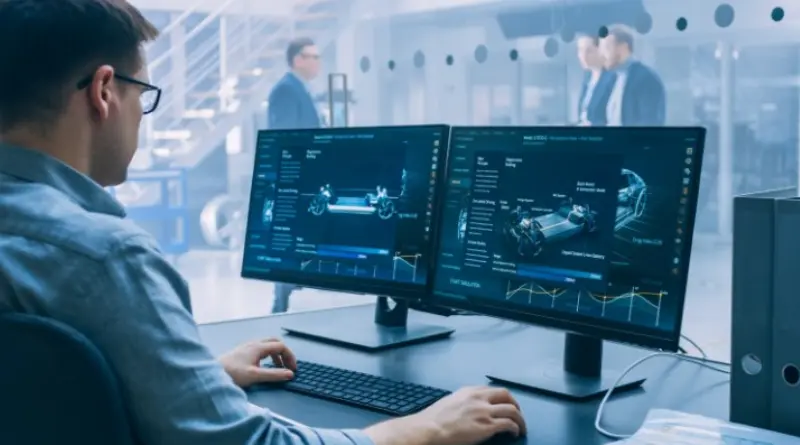
Fused Deposition Modeling (FDM), sometimes referred to as Fused Filament Fabrication (FFF), is one of the most widely used and accessible 3D printing technologies available today.
It operates on a simple yet ingenious principle that allows for the creation of three-dimensional objects layer by layer, making it a versatile tool in various industries, from rapid prototyping to aerospace and automotive manufacturing. In this comprehensive guide, we’ll delve deep into the principles that underlie FDM 3D printing, exploring its components, materials, process steps, and applications.
1.Introduction to FDM 3D Printing
Fused Deposition Modeling was invented by Scott Crump in the late 1980s and has since revolutionized the world of manufacturing and design. The fundamental principle behind FDM is the layer-by-layer additive manufacturing process, where a 3D object is built by depositing material layer upon layer until the final shape is achieved. This stands in stark contrast to traditional subtractive manufacturing methods, where material is removed from a solid block to create an object.
2.Components of an FDM 3D Printer
To understand how FDM works, let’s first explore the essential components of an FDM 3D printer:
Extruder: The heart of an FDM printer is the extruder. It consists of a nozzle through which filament is fed and a heated chamber to melt the filament. The extruder is responsible for precisely depositing the molten material layer by layer.
Filament: FDM printers use a variety of thermoplastic filaments as their raw material. Common filament materials include PLA (Polylactic Acid), ABS (Acrylonitrile Butadiene Styrene), PETG (Polyethylene Terephthalate Glycol), and more.
Build Platform: The build platform is the surface on which the 3D object is constructed. Heated build platforms help with adhesion and reduce warping.
Control System: Modern FDM printers are equipped with sophisticated control systems that precisely govern the movement of the print head, the temperature of the extruder, and the speed of filament deposition. These systems rely on computer-aided design (CAD) files to create a digital blueprint for the 3D object.
3.The FDM Printing Process
Now, let’s delve into the step-by-step process of FDM 3D printing:
Step 1:
Preparing the Digital Model: The 3D printing process starts with a digital 3D model. This model is typically created using CAD software or obtained from online repositories. It’s essential to ensure that the model is error-free and suitable for 3D printing.
Step 2:
Slicing the Model: The digital model is sliced into thin horizontal layers using slicing software. This software generates a set of instructions, often in the form of G-code, that directs the printer on how to build each layer.
Step 3:
Loading Filament: The chosen filament is loaded into the printer’s extruder. The filament is usually stored on a spool and is fed into the extruder through a series of rollers and a Bowden tube.
Step 4:
Heating the Extruder: The extruder’s heating element raises the temperature to a point where the filament melts but doesn’t degrade. The precise temperature depends on the type of filament being used.
Step 5:
Deposition of Material: The extruder nozzle moves according to the instructions from the slicing software, depositing a thin layer of molten filament onto the build platform. This layer adheres to the previous layer as it cools and solidifies.
Step 6:
Layer-by-Layer Progression: The printer continues this layer-by-layer process, gradually building the 3D object from the bottom up. The build platform may move vertically or horizontally to accommodate each new layer.
Step 7:
Cooling and Solidifying: As each layer is deposited, cooling fans or chambers help to rapidly cool and solidify the material, ensuring the structural integrity of the object.
Step 8:
Removal and Post-Processing: Once the printing is complete, the finished object is carefully removed from the build platform. Depending on the specific requirements, post-processing steps such as sanding, painting, or assembly may be necessary.
4.Key Considerations in FDM 3D Printing
To achieve successful FDM 3D prints, several critical factors must be considered:
Layer Height: The thickness of individual layers impacts both the print’s resolution and surface texture. Opting for smaller layer heights enhances intricate details at the expense of longer printing durations.
Print Speed: The speed at which the print head moves and material is deposited can impact print quality. Slower speeds often result in better accuracy.
Temperature Control: Precise control of extruder and build platform temperatures is crucial for preventing warping, adhesion issues, and ensuring proper material flow.
Support Structures: Some complex prints may require support structures to prevent overhangs and ensure stability during printing.
5.Applications of FDM 3D Printing
FDM 3D printing has found applications in a wide range of industries, including:
Prototyping: FDM is widely used for rapid prototyping, allowing engineers and designers to iterate quickly and cost-effectively.
Custom Manufacturing: It’s used for creating custom parts and components in industries like automotive and aerospace.
Education: FDM printers are commonly found in educational institutions, enabling students to learn about design and manufacturing processes.
Art and Sculpture: Artists and sculptors use FDM to create intricate and unique pieces of art.
Medical: FDM is used for producing custom implants, prosthetics, and anatomical models for surgical planning.
Conclusion
In conclusion, Fused Deposition Modeling (FDM) 3D printing technology operates on the principle of additive manufacturing, building objects layer by layer using a heated extruder and thermoplastic filament. Understanding the components, process steps, and key considerations is essential for achieving successful 3D prints. With its versatility and wide-ranging applications, FDM continues to play a pivotal role in the world of manufacturing and design, offering endless possibilities for innovation and creativity.
